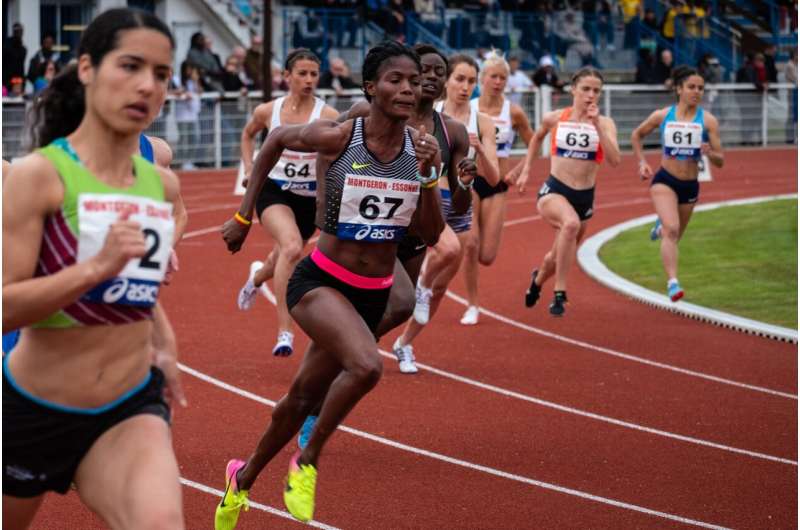Regular cannabis use impairs performance in female athletes

Younger women who use cannabis regularly, even when healthy and physically active, aren't able to produce as much anaerobic power as non-users, and they show signs of greater risk of cardiovascular disease, according to a study in The Journal of Strength and Conditioning Research.
Laura K. Stewart, Ph.D., FACSM, a professor in the School of Sport and Exercise Science at the University of Northern Colorado, and colleagues compared 12 healthy female cannabis users with 12 female non-users. Both groups were 19 to 34 years old and regularly engaging in resistance and aerobic training.
Non-users had not consumed any cannabis products for at least 12 months. At their first study visit, all users said they had smoked cannabis or eaten an edible product in the past 2 weeks. The average duration of cannabis use was 6 years, and average frequency of use was 15 days a month. No cannabis user also smoked tobacco.
Differences between cannabis users and non-users
The researchers found that cannabis users differed substantially from non-users in two important ways:
Anaerobic performance: Anaerobic exercise is short bursts of intense effort where the body can't process oxygen fast enough to use it as fuel. That type of exercise increases muscle mass, strength, and cardiovascular fitness. In this study, anaerobic performance was measured on a stationary bike where the women pedaled as fast as they could against resistance for 30 seconds.
Compared with non-users, cannabis users showed 18% less power output during the first 5 seconds of pedaling and 20% less during the second 5-second period. These differences were statistically significant. The authors note this difference in power production "is important for both coaches and athletes to consider whether the athlete's performance relies heavily on short-term power production."
Risk of cardiovascular disease: Controlling inflammation in the body is essential for maintaining optimal health and athletic performance. Once age was accounted for, cannabis users showed significantly higher concentrations of C-reactive protein (CRP), an indicator of inflammation, compared with non-users. Moreover, the younger the age at the time of initiating cannabis use, the higher the CRP concentration.
Moderate increased risk of cardiovascular disease
All told, based on CRP concentrations, cannabis users were at moderate risk of cardiovascular disease and non-users were at low risk.
The two groups were similar in aerobic performance, lung function, cardiorespiratory fitness, and muscle strength. "This may be related to the overall good health and regular physical activity status of many of the study subjects," the authors point out. "It is possible that it may take longer for the effects of regularly using cannabis to appear."
The primary active components of cannabis, called cannabinoids, are THC (delta-9-tetrahydrocannabinol) and CBD (cannabidiol). The authors emphasize that the use of cannabis products containing THC or any other cannabinoid is explicitly prohibited by the World Anti-Doping Agency (WADA). "The only exception to this is that WADA does permit athletes to use products containing pure CBD," they explain. "The use of any other cannabinoid by an athlete could result in serious consequences including suspension."
More information: Jonathon K. Lisano et al, Regular Use of Cannabis in Female Athletes Is Associated With a Reduction in Early Anaerobic Power Production, Journal of Strength and Conditioning Research (2022). DOI: 10.1519/JSC.0000000000004297


















